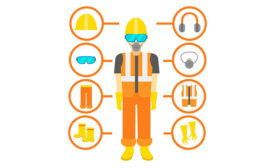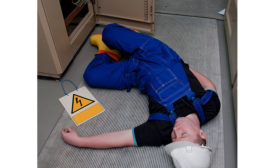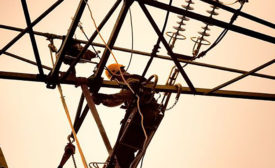Risk Management
Visual Literacy is a new hazard recognition tool
Identify hazards before an incident occurs. Here are three steps you can take.
May 23, 2019
Should you rent or buy work uniforms?
Budget, use and space constraints should be considered when choosing uniforms for your organization.
May 22, 2019
PPE makes use of smart sensor technology
Clever clothing innovations are making PPE use more acceptable, with more versatile applications.
May 21, 2019
Health policy legislation shifts to the states
The U.S. lags behind competing nations. Where there is no critical mass for action, states are filling the void.
May 13, 2019
A study of electrical injuries and fatalities on the job
Electrical injuries: facts & myths
May 10, 2019
Assess high heat & burn threats
It’s easy to over-protect – or under-protect – your workers from thermal exposures.
May 8, 2019
A new dashboard for EHS metrics
Use these five strategies to get the most from your key performance indicators.
May 6, 2019
Never miss the latest news and trends driving the safety industry
eNewsletter | Website | eMagazine
JOIN TODAYCopyright ©2024. All Rights Reserved BNP Media.
Design, CMS, Hosting & Web Development :: ePublishing










